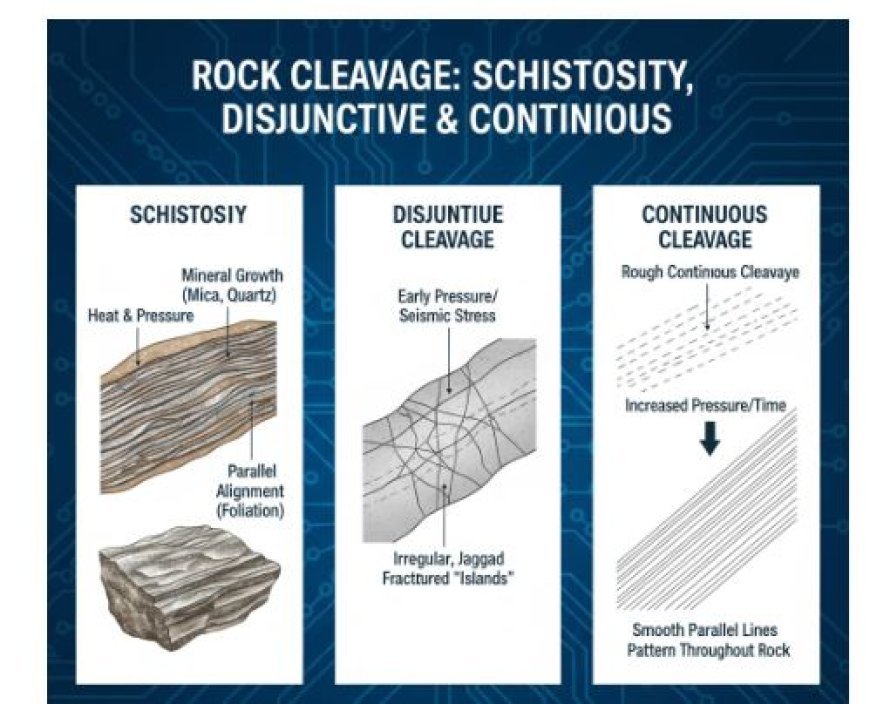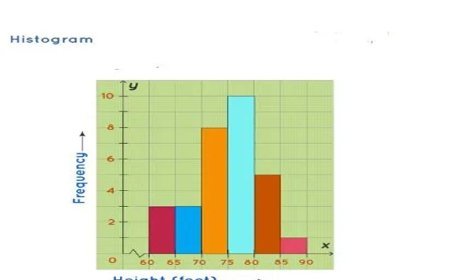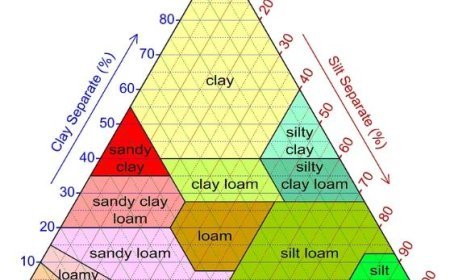SCHISTOSITY
Schistosity reveals a rock's layered beauty, formed under intense pressure.

SCHISTOSITY
- When rocks are heated or under pressure, they can change and grow. This can cause them to become different materials.
- What began as clay can change into a chlorite like mica. Mica can turn into quartz over time. This process causes crystals to grow on the rock in different ways.
- Sometimes they grow randomly, and other times you may notice that they grow in a pattern.
- When this design starts to look like rows, it's called schistosity. As the minerals grow, they make parallel lines in the rock, which is a type of cleavage.
- A schist is a rock that has these minerals growing on it. It is called a phyllite when the crystals start to grow in the rock but you can't see them yet.
DISJUNCTIVE
- Now, going back in time, when a rock creation starts to feel pressure, possibly from seismic movements, the folds that start to form aren't always in nice, straight lines at first.
- As the rock's shape changes because of changes in pressure, you may see cracks that run in a way that looks like lines. But these lines could cross another line or move back and forth like a zigzag.
- Disjunctive cleavage is the name for these cleavages. Sometimes, there will be parts of the rock between the cracks that haven't changed shape yet.
CONTINUOUS
- Move forward in time, and the cleavage will start to change even more.
- As the lines start to cross each other, you'll be able to see a clear pattern.
- There is no longer any curve, and the lines may get shorter.
- It might look like dashed lines at this point.
- If the pressure keeps changing the shape of this rough cleavage, it might change into a smooth cleavage where you can see clear parallel lines.
- In a section, the design is present all the way through, so both rough and smooth fractures are continuous.
What's Your Reaction?



































